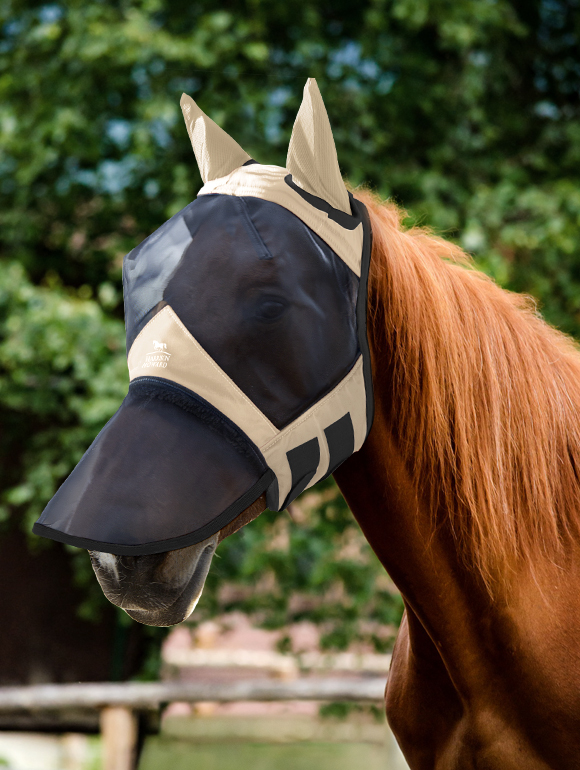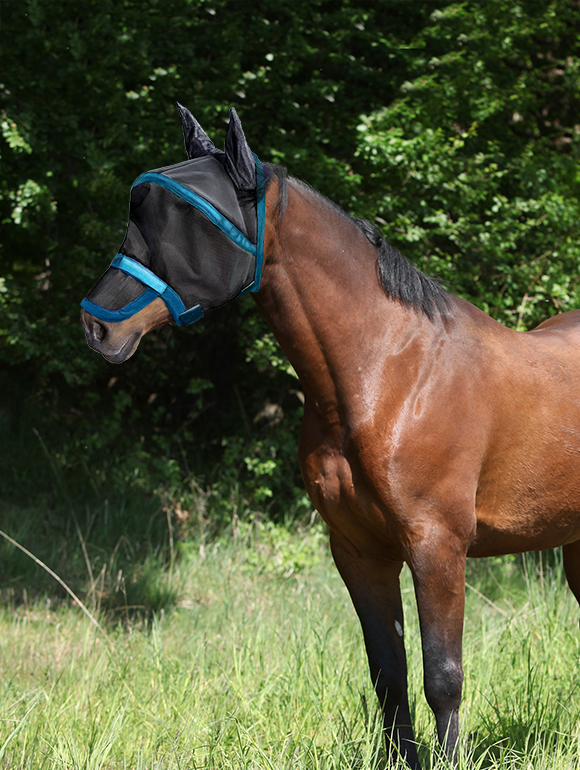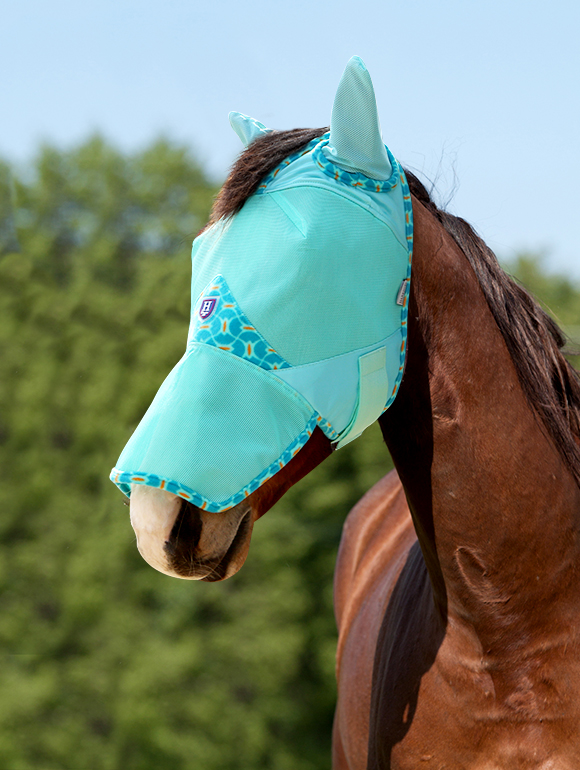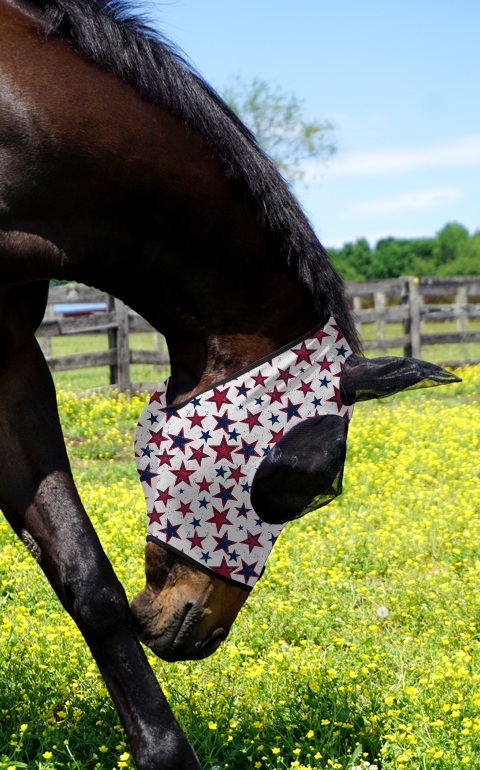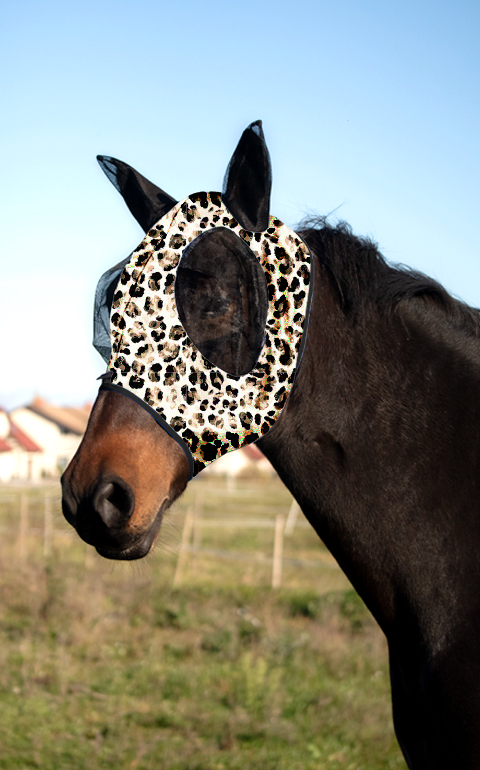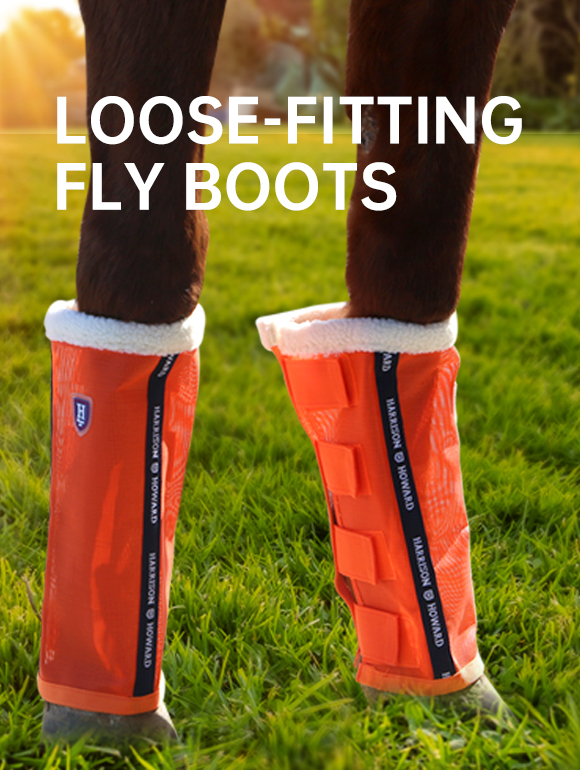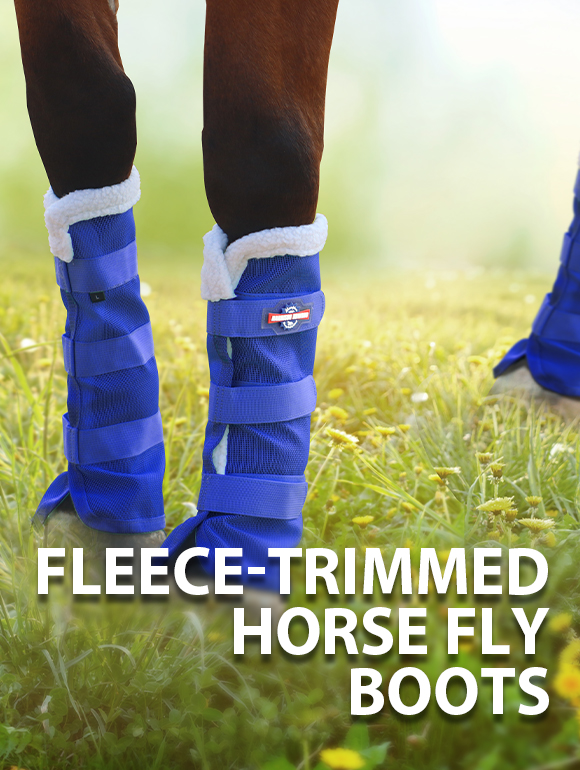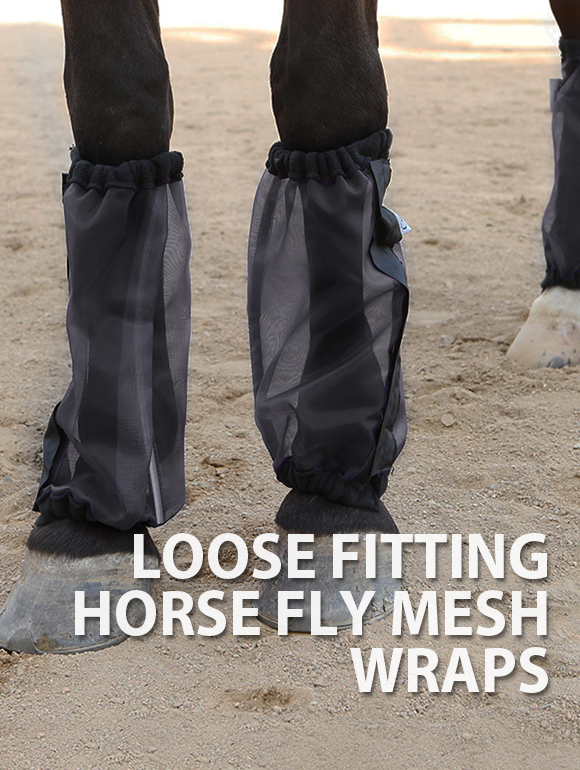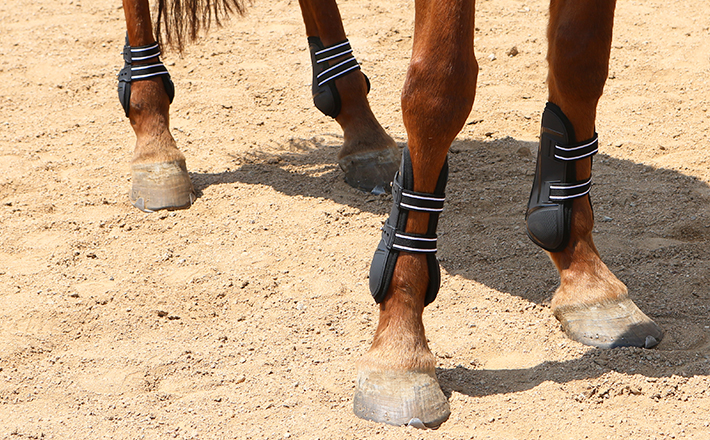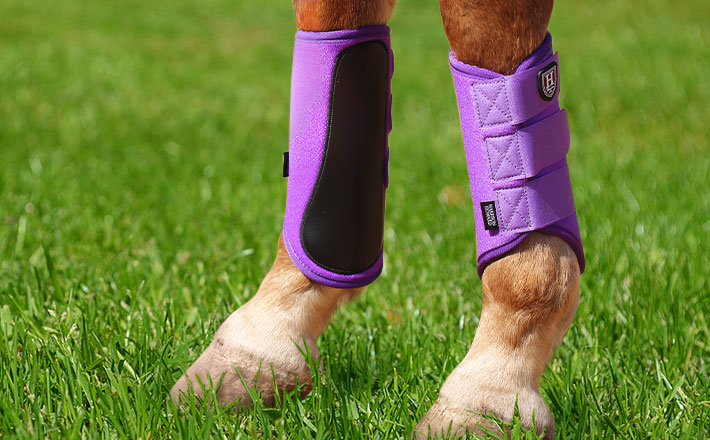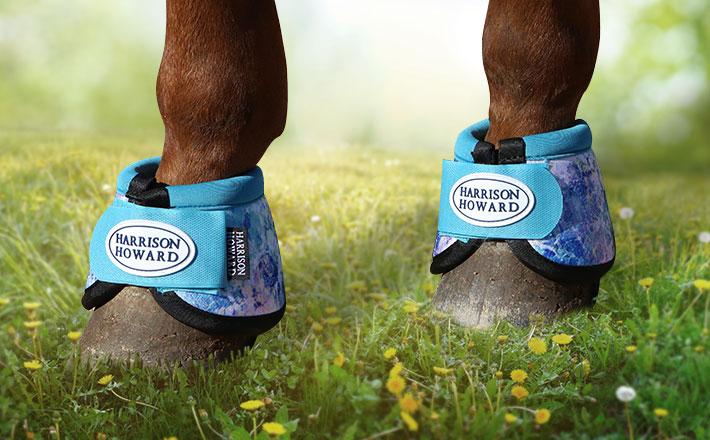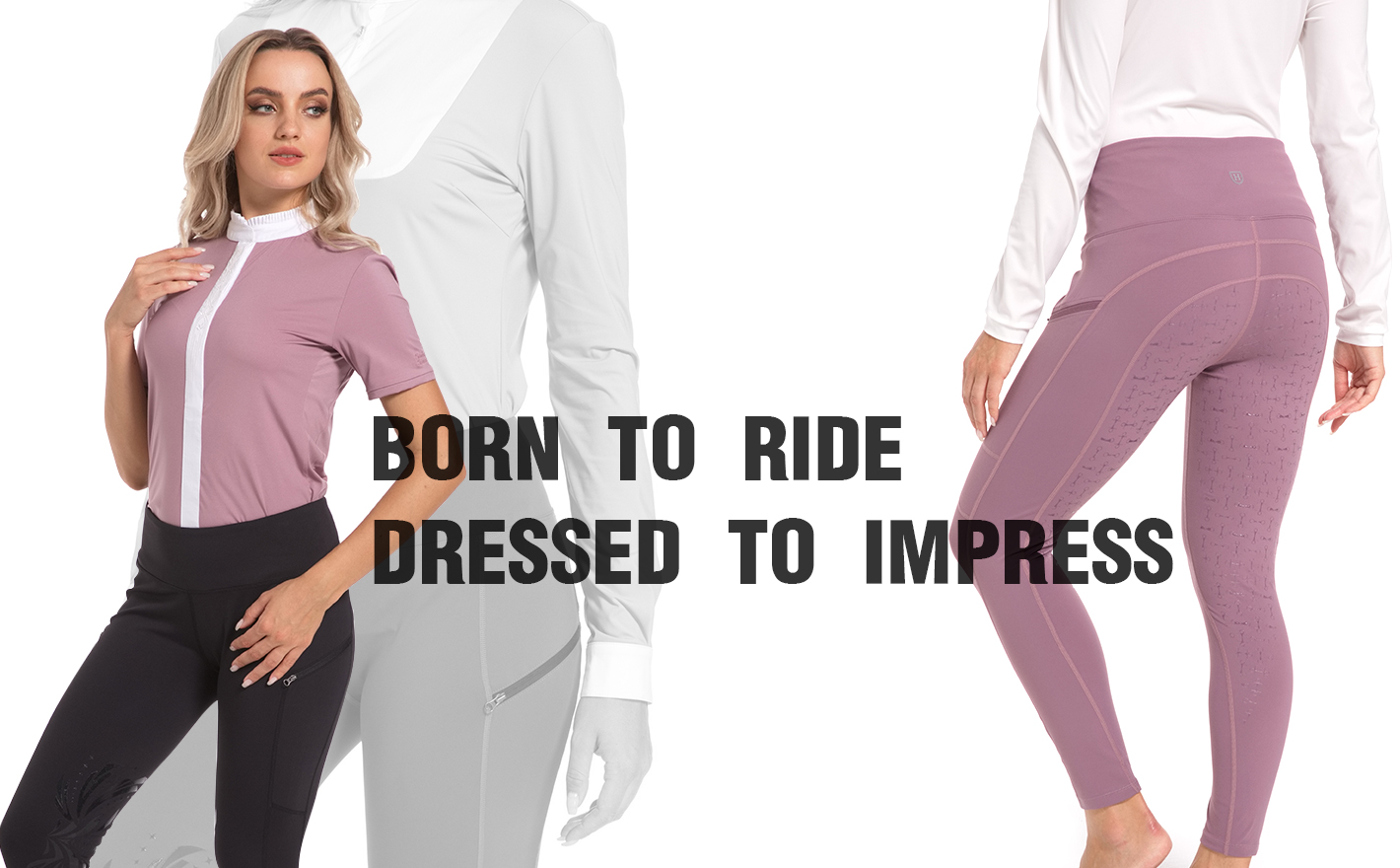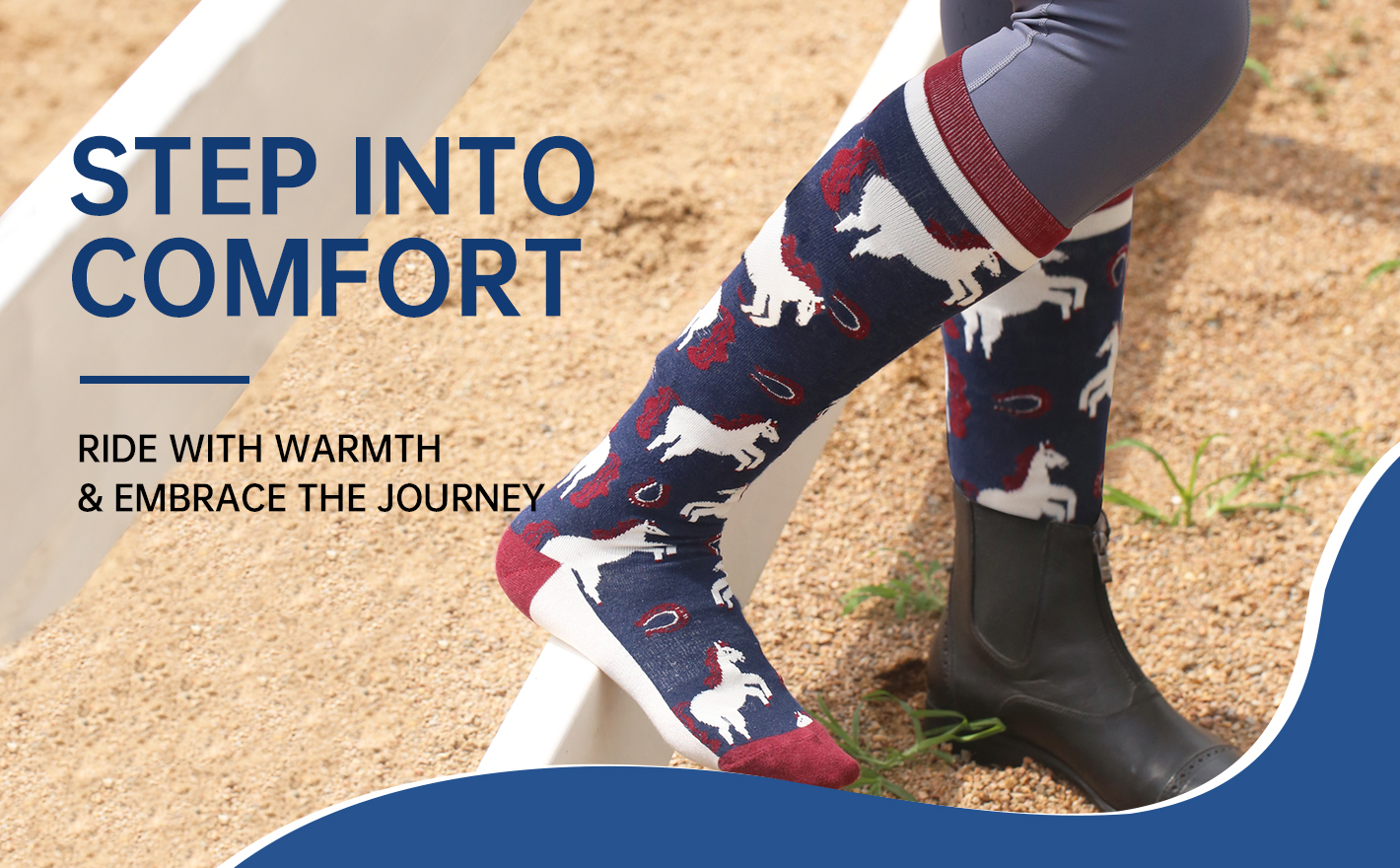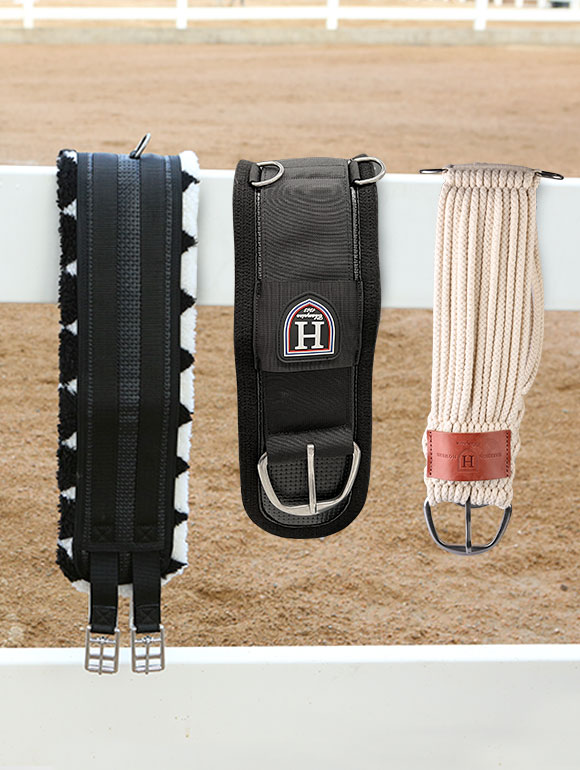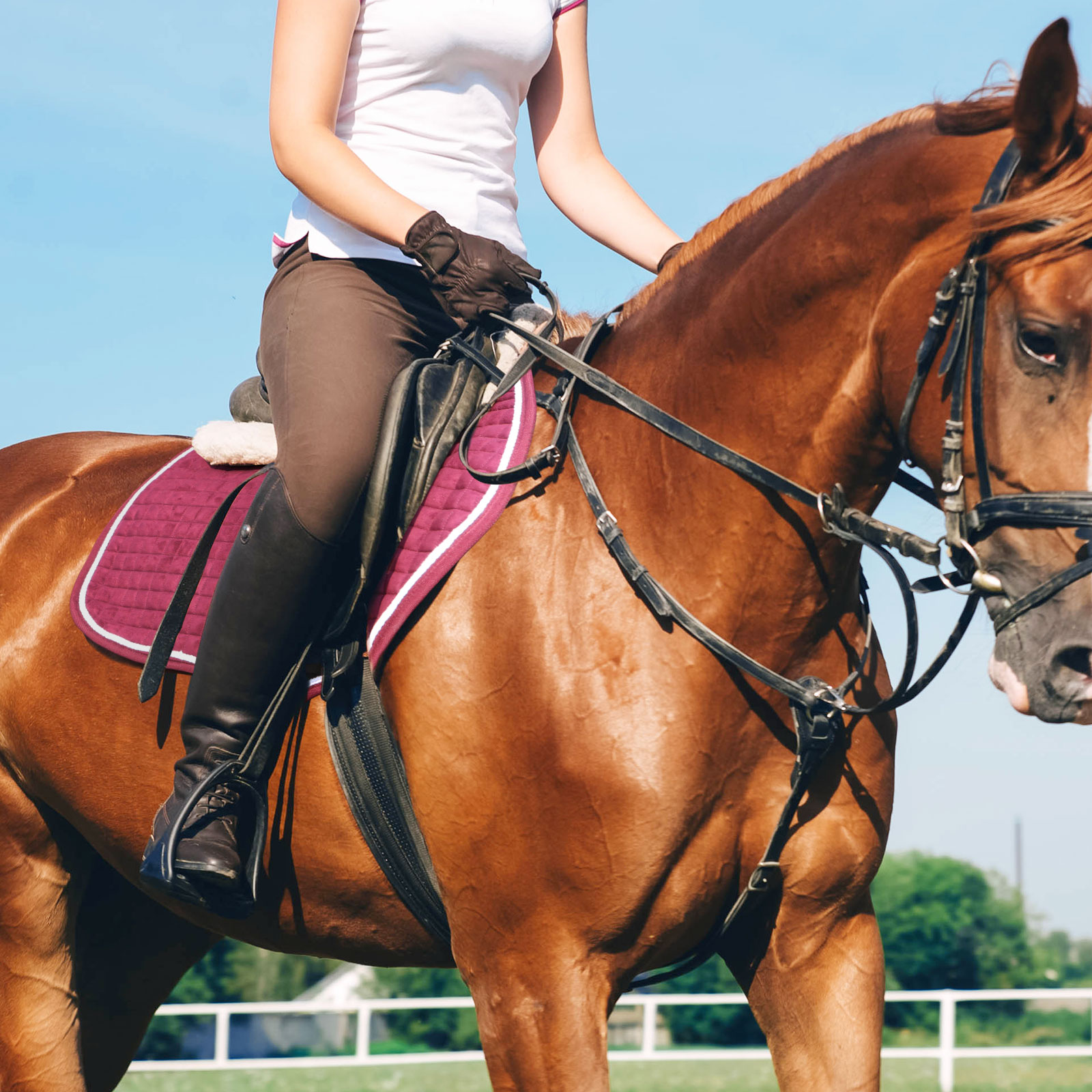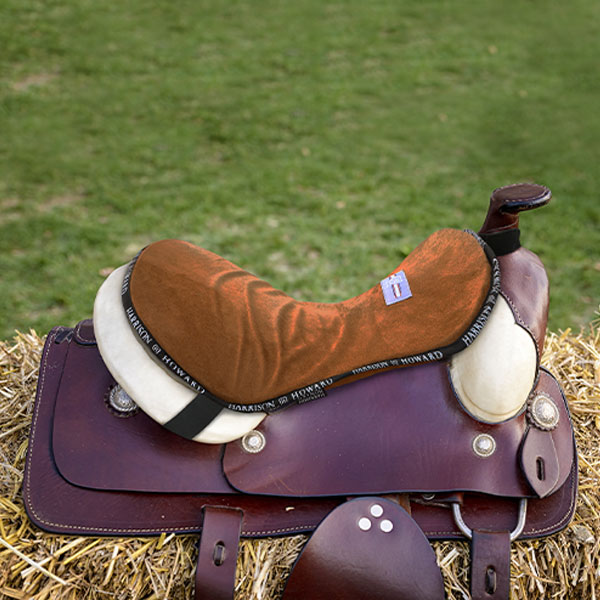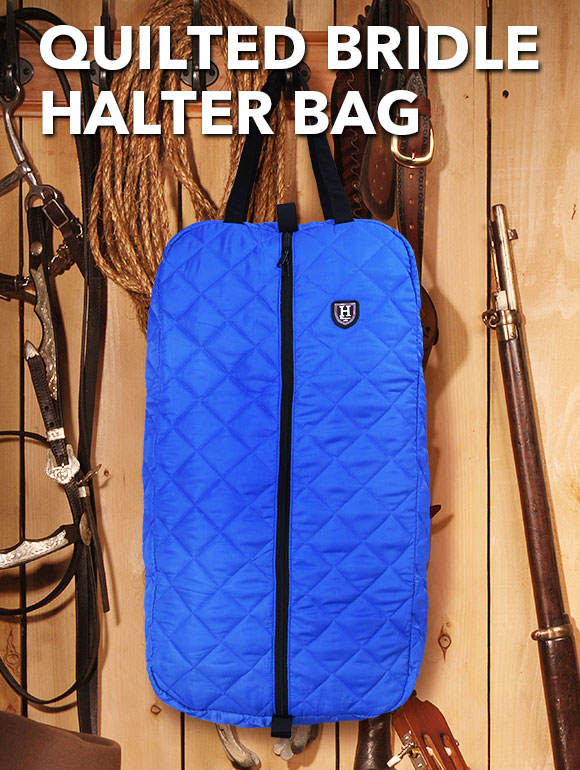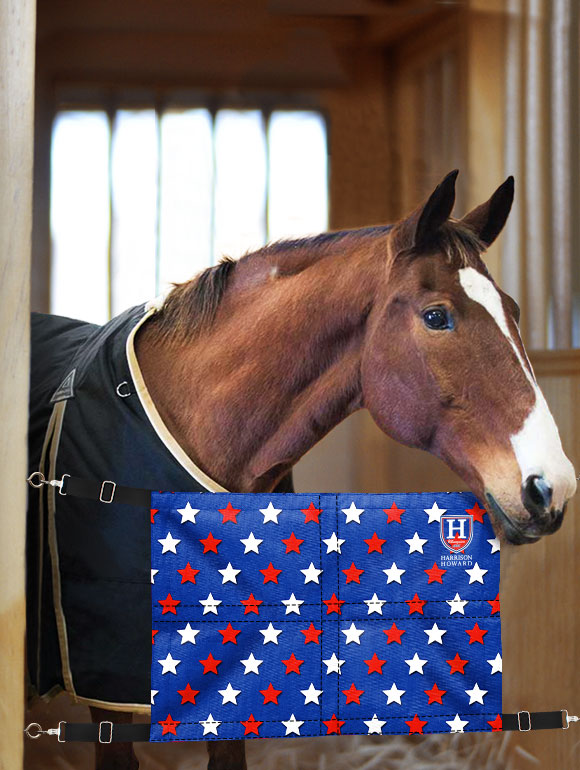Western riding, be it for work or pleasure, is an art form with deep roots in tradition. Yet, even within this context, there’s always room for innovation, especially when it comes to enhancing the comfort and performance of our equine companions. One such innovation is the non-slip saddle pad. Designed to reduce saddle movement and ensure a secure, comfortable ride, non-slip saddle pads have become a popular choice among western riders. Here’s why, along with some tips on choosing the right one for your horse.
The Benefits of Non-Slip Saddle Pads
Improved Stability
Non-slip saddle pads are designed to keep the saddle firmly in place, reducing the chance of it shifting or sliding, even during vigorous activities like roping or cutting. This not only improves your security as a rider but also helps your horse move more naturally.
Enhanced Comfort
By preventing slippage, non-slip pads can reduce the pressure and friction that can cause discomfort or even sores on your horse’s back. This can make for a happier, more comfortable horse, and a more enjoyable ride for both of you.
Better Saddle Fit
A non-slip saddle pad can help compensate for minor imperfections in saddle fit, providing a smoother, more even surface. However, remember that a saddle pad should never be used to correct significant saddle fit issues.
Choosing the Right Non-Slip Saddle Pad
Material
Non-slip saddle pads come in various materials, including neoprene, gel, and tacky-tack (a rubberized material). Each has its advantages: neoprene is durable and easy to clean; gel provides excellent shock absorption; and tacky-tack offers superior grip. Consider your horse’s needs and your riding activities when choosing the material.
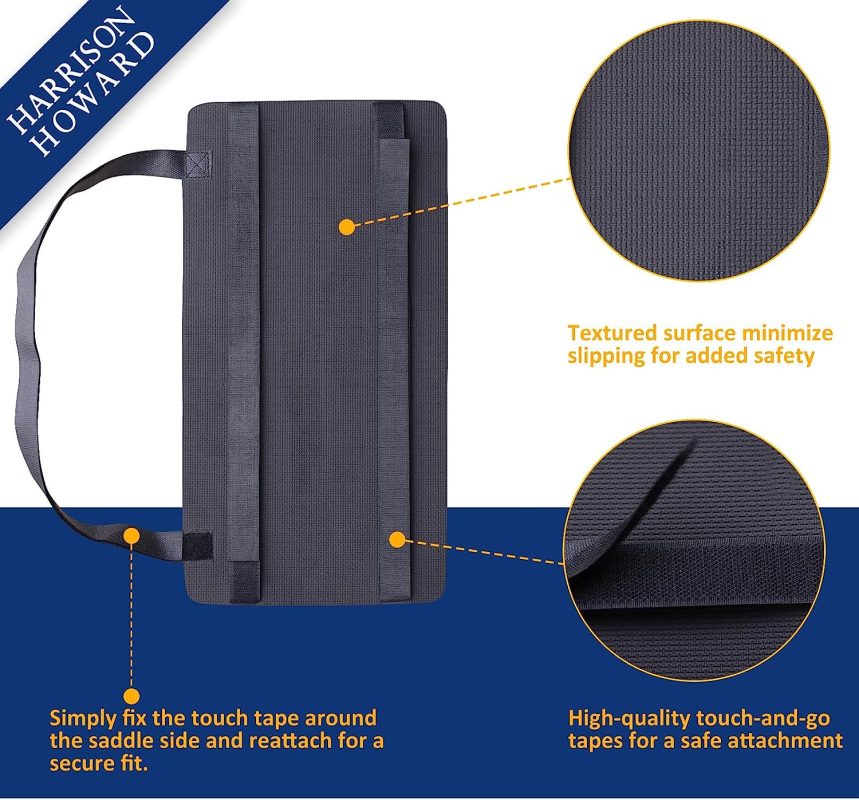
Thickness
As with any saddle pad, thickness matters. If your saddle fits well, a thin non-slip pad may suffice. If your saddle fit is slightly off, a thicker pad might help. However, avoid using a thick pad to compensate for a severely ill-fitting saddle.
Size and Shape
Your non-slip saddle pad should match the size and shape of your saddle and your horse’s back. A poorly fitting pad can cause discomfort and negate the benefits of the non-slip material.
Breathability
While non-slip materials are designed for grip, they should also allow for airflow to prevent overheating and excessive sweat buildup, which can lead to skin issues.
Maintenance
Choose a non-slip saddle pad that’s easy to clean and maintain. Many non-slip materials can simply be hosed off and air-dried, making them a practical choice for busy riders.


